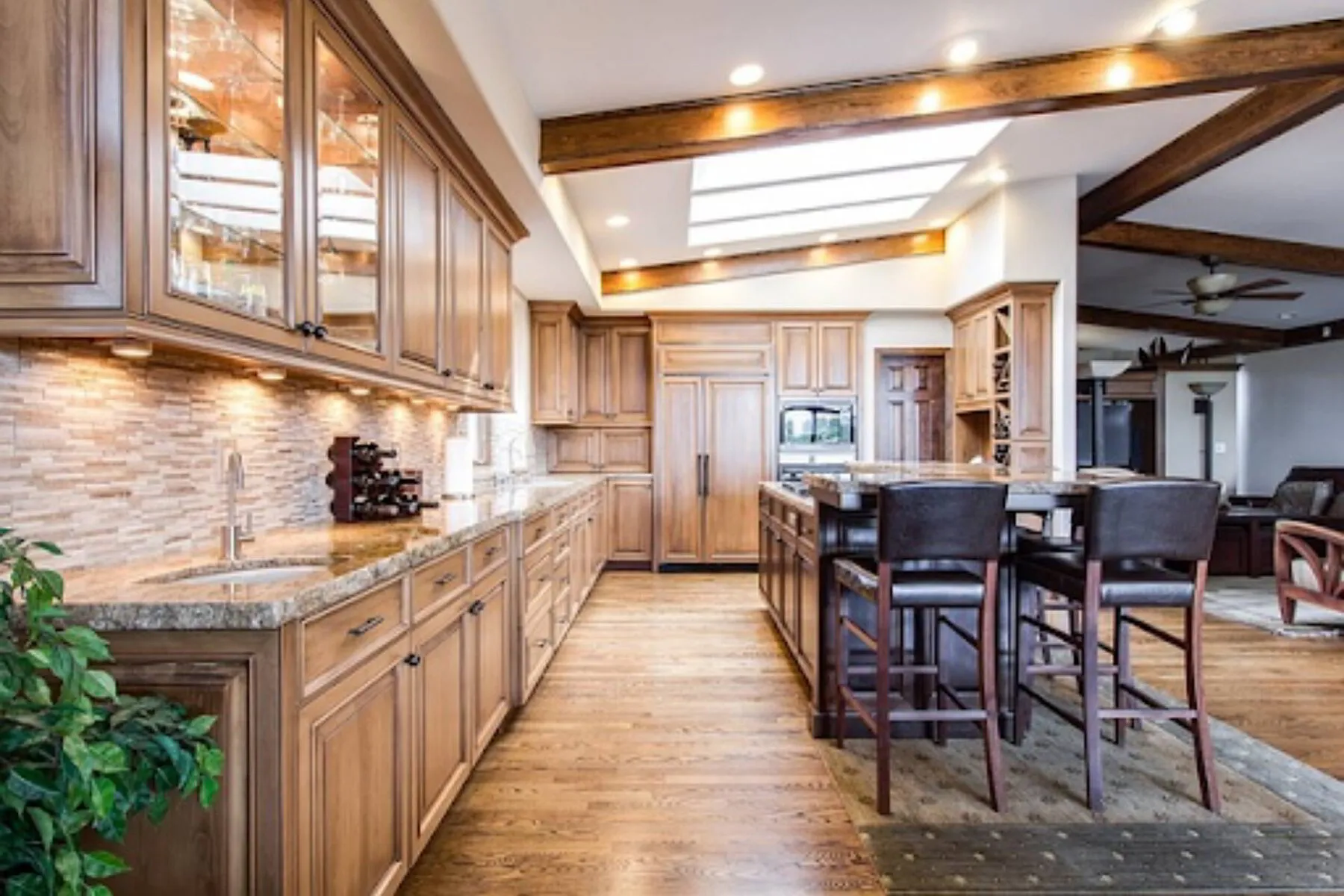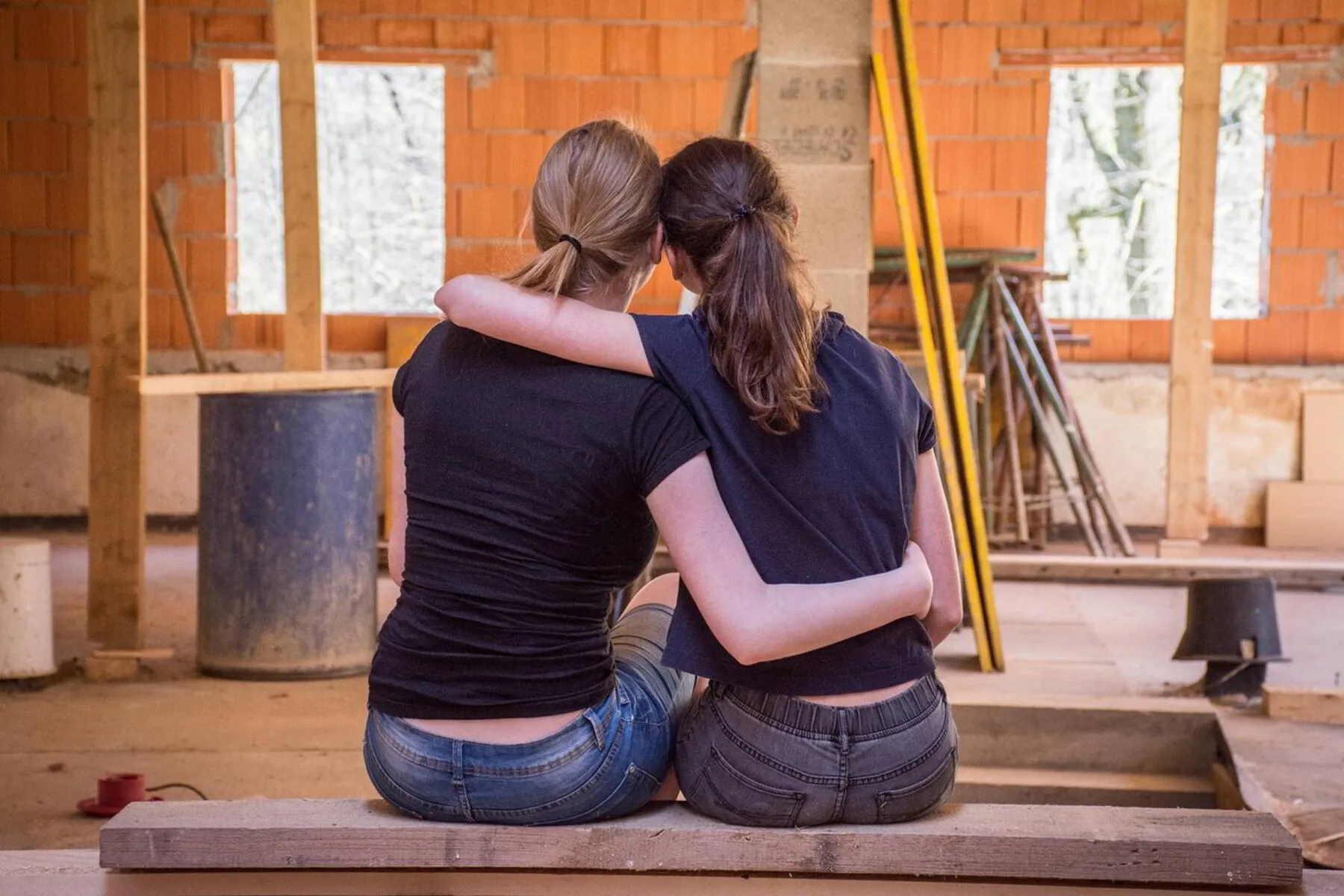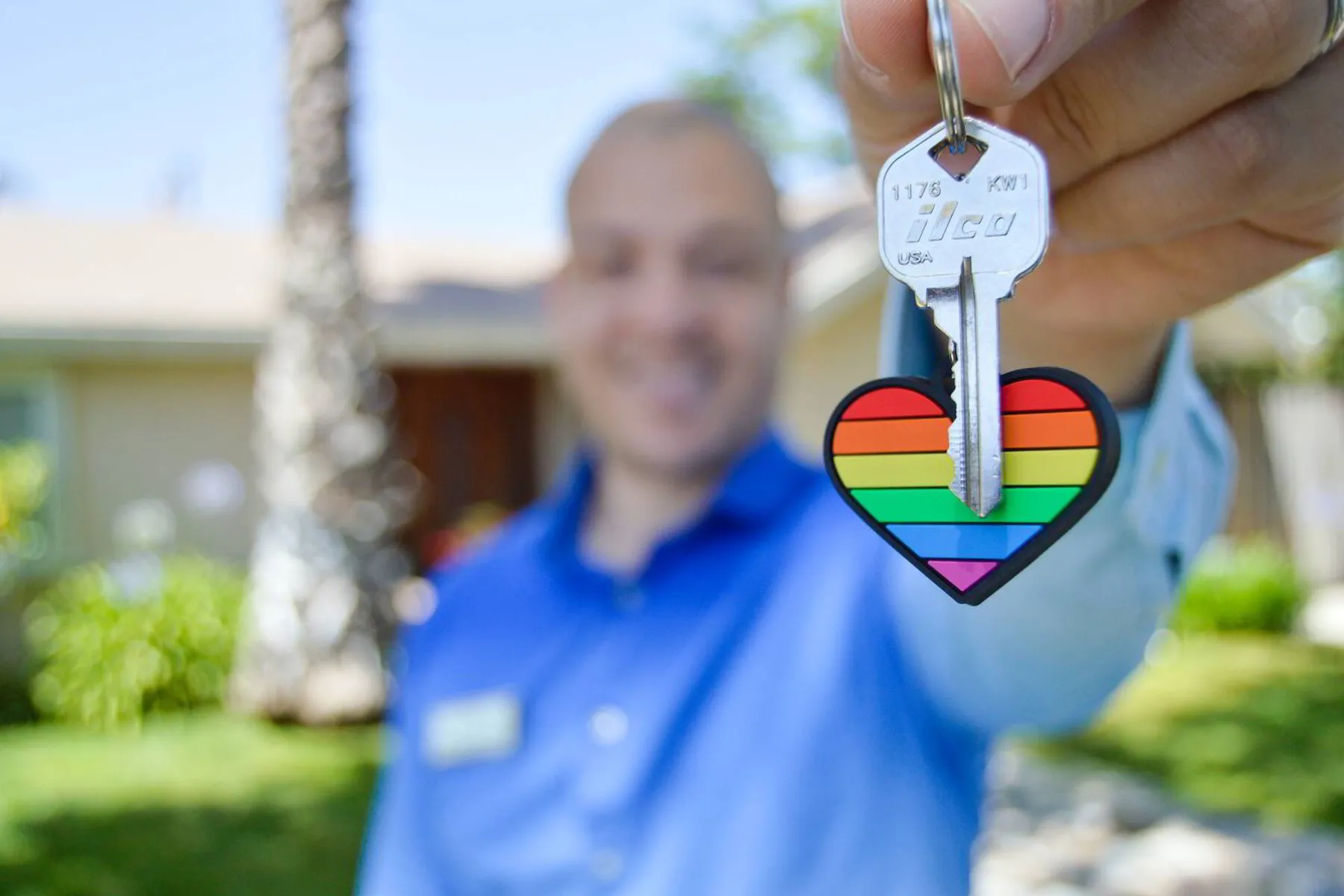Embark on a journey through the intricate world of DIY real estate, a realm where investors transform properties with their own hands, creating value and reaping profits. This guide unveils the secrets of flipping properties, from the thrill of finding a diamond in the rough to the final touches that make a house a home.
Discover how savvy real estate agents and investors leverage their skills, creativity, and market knowledge to turn real estate ventures into profitable investments. Whether you're a seasoned investor or a curious newcomer, this article will illuminate the path to success in the DIY real estate world.
⭐ Understanding DIY Real Estate
What is DIY Real Estate?
DIY real estate is the process where investors buy, renovate, and sell or rent properties. Unlike traditional real estate investments, where the investor may play a more passive role, focusing primarily on rental income or capital appreciation, DIY real estate demands active involvement.
This hands-on approach involves making key decisions about property selection, overseeing or executing renovations, and managing the sale or rental process. It appeals to those who have or wish to develop skills in areas like market analysis, construction, renovation, and real estate marketing.
The DIY method can lead to potentially higher profit margins, as investors save on labor costs and can directly control renovation expenses. It also allows for more personalization in property development, which can be a significant selling point.
However, it requires a substantial time commitment and a comprehensive understanding of the real estate market, property laws, and construction management.
Why It Appeals to Investors
The allure of DIY real estate for investors primarily stems from the hands-on involvement it entails. This approach lets investors control their projects directly, offering a unique blend of creativity and strategy.
By actively participating in the renovation and development process, investors potentially increase the property's value and gain a deep sense of accomplishment. This hands-on method appeals to those who relish the challenge of transforming a space and enjoying the tangible results of their efforts.
It's not just about financial gain but the journey of bringing a vision to life. Moreover, DIY real estate investing can lead to higher profit margins, as investors save on labor costs and tailor renovations to market demands.
This active engagement also cultivates a deeper understanding of the market, enhancing decision-making skills for future investments. In essence, DIY real estate combines the thrill of creative expression with the practical aspects of property investment.
⭐ Understanding DIY Real Estate
Selecting the Ideal Property for Flipping
Choosing the right property for flipping hinges on several critical factors, with market research playing a pivotal role.
Real estate agent Darren Robertson offers advice that perfectly captures this approach: “Ideally, you'll source a property needing a little TLC that you can snatch up for less than market value. Your mission then becomes to renovate it and increase its value. When it’s time to reintroduce the property back to the market and draw attention from potential buyers, the hope is to sell it for more than both your acquisition price and renovation costs combined.”
Key Criteria for Property Selection:
- Location: Opt for neighborhoods with growth potential. Investigate local market trends, focusing on areas with rising property values and high demand.
- Market Value: Target properties listed below market value, offering room for profit post-renovation. This requires understanding the local real estate market dynamics.
- Resale Value Potential: Consider the post-renovation resale value, factoring in the neighborhood's price ceiling and buyer appeal.
- Property Condition: While the property should need improvements, prioritize those requiring cosmetic updates over extensive structural work to balance renovation costs and potential value increases.
By adhering to these criteria, investors can strategically select properties with the best potential for a successful flip, aligning with Robertson’s strategy for maximizing returns.
Assessing Renovation Needs and Potential
Evaluating a property's renovation requirements is a critical step in flipping.
Here's how to effectively assess these needs:
- Conduct a Thorough Inspection: Identify essential repairs and updates, focusing on the roof, foundation, plumbing, electrical systems, and HVAC.
- Kitchen and Bathroom Focus: These areas often provide the highest return on investment, so prioritize updates here.
- Curb Appeal: Assess exterior improvements that enhance first impressions.
- Distinguish Renovation Types: Separate cosmetic updates (like a new paint job and fixtures) from substantial renovations (structural changes, layout modifications).
- ROI Analysis: Prioritize changes that are likely to increase the property's market value.
- Create a Detailed Plan: Outline the scope of work, estimated costs, and timeline, balancing the property's needs with your budget and market expectations.
This approach ensures a comprehensive evaluation of the property's renovation needs, aligning investment with potential market returns.
⭐ Budgeting and Financing
Estimating Costs and Creating a Budget
When flipping a property, accurately estimating renovation costs and formulating a detailed budget is essential for profitability.
Here's a step-by-step guide:
- Itemize Renovation Tasks: Break down the project into individual tasks and list the needed materials.
- Research Material Costs: Check current prices for all required materials, considering quality and availability.
- Get Labor Quotes: Obtain multiple quotes from contractors to ensure competitive pricing for labor.
- Include Permits and Fees: Factor in the cost of permits and inspection fees, which can vary by location.
- Set Aside a Contingency Fund: Allocate 10-20% of your total budget for unforeseen expenses.
- Create a Comprehensive Budget: Outline all costs, including property purchase, renovation, holding costs, and selling expenses.
You can keep your project financially on track by meticulously planning and regularly reviewing your budget. This careful financial management is key to maximizing returns and ensuring the success of your property flip.
Securing Funding and Financial Planning
Financing DIY real estate projects is a crucial aspect of the investment process, with several options available to suit different needs and circumstances:
- Cash Investment: Utilizing personal savings for direct investment offers full control and eliminates interest costs but requires substantial upfront capital.
- Mortgage Loans: Suitable for long-term holdings, with varying interest rates and terms. Essential to compare offers from different lenders.
- Home Equity Loans or Lines of Credit (HELOC): Leveraging existing property equity to finance new investments, offering relatively lower interest rates.
- Hard Money Loans: Short-term, high-interest loans from private lenders, ideal for quick flips but costly in the long run.
- Peer-to-Peer Lending: Online platforms connect borrowers with individual lenders, typically with higher interest rates.
- Real Estate Crowdfunding: Pooling funds from multiple investors online, a modern approach to real estate financing.
- Government-Backed Loans: Programs offering loans for property renovations, often with favorable terms.
- Private Investors or Partnerships: Collaborating with other investors to pool funds and share risks.
Each financing method has its pros and cons, such as interest rates, loan terms, and funding speed. When choosing the most suitable financing option, investors should carefully assess their financial situation, project requirements, and risk tolerance.
⭐ Renovation and Upgrades
DIY vs. Professional Renovations: Making the Right Choice
When flipping a property, deciding between DIY and professional renovations is crucial. This choice hinges on several factors:
- Skill Level and Experience: DIY is cost-effective with the necessary skills. However, complex tasks like electrical work or plumbing often require professional expertise for safety and compliance with building codes.
- Time Commitment: DIY projects can be time-consuming. Professionals can complete the work faster, which is vital if you work within a tight timeline to get the property back on the market.
- Quality of Work: Professional contractors typically guarantee a certain level of quality and durability in their work, which can be crucial for selling the property at a good price.
- Costs: While hiring professionals increases labor costs, DIY can become expensive if errors occur or if the project takes longer than expected.
- Project Scale: For extensive renovations, professionals can manage the project more efficiently, ensuring all aspects of the renovation are cohesive and well-executed.
Balancing these factors helps determine the most cost-effective and efficient approach for your property renovation, ensuring quality work that enhances the property's value.
Value-Adding Improvements and Cost-Effective Strategies
Identifying renovations that add the most value to a property is key to a successful flip.
Focus on improvements that enhance appeal and functionality while being cost-effective:
- Kitchen and Bathroom Updates: These areas often yield the highest return on investment. Consider modern fixtures, updated appliances, and a fresh coat of paint.
- Curb Appeal Enhancements: First impressions matter. Simple landscaping, a new front door, or exterior painting can significantly boost a property's attractiveness.
- Energy Efficiency: Upgrading to energy-efficient windows, insulation, and appliances can be appealing selling points, especially in markets with high energy costs.
- Open Floor Plans: Knocking down non-structural walls to create open living spaces can transform a property's feel, making it more appealing to modern buyers.
- Neutral Paint and Flooring: Fresh, neutral paint and new or refurbished flooring can revitalize a property without a substantial investment.
- Smart Home Features: Adding affordable smart home devices like thermostats and security systems can increase a property's marketability.
Focusing on these areas ensures that renovations contribute significantly to the property's value without incurring excessive costs, maximizing homeowners' potential profit from the flip.
⭐ Marketing and Selling
Effective Selling Strategies for DIY Flipped Properties
Successfully marketing and selling DIY flipped properties involves strategic approaches that highlight the property's best features:
- Staging: Professional staging of the home can showcase its potential, helping buyers envision living there.
- High-Quality Photography: Invest in professional photography to capture the property's appeal, which is crucial for online listings.
- Leveraging Social Media and Online Platforms: Utilize social media and real estate platforms to reach a wider audience.
- Open Houses and Private Showings: Host open houses to attract multiple buyers and schedule private showings for serious inquiries.
- Highlighting Renovations: Emphasize the upgrades and improvements made, particularly those that are most appealing to your target market.
- Competitive Pricing: Set a competitive price that reflects the local market and the value added through renovations.
These strategies can effectively attract potential buyers and help sellers secure a sale at a desirable price point.
Closing the Deal: Negotiation and Final Steps
The final stages of selling a flipped property involve crucial steps to ensure a smooth and successful real estate transaction:
- Effective Negotiation: Be prepared for negotiations. Understand your lowest acceptable offer and strive to keep the sales price as close to your asking price as possible.
- Home Inspection and Appraisal: Facilitate any required inspections and appraisals. Address any issues that might arise to prevent delays or renegotiations.
- Finalizing the Sale: Work with a real estate attorney or agent to handle the paperwork, ensuring all legal and financial aspects are correctly managed.
- Closing Process: During closing, review and sign all necessary documents. Ensure that all financial transactions, including the transfer of funds, are completed accurately.
- Handover: Once the deal is closed, hand over the keys and any relevant documents to the new owner.
By carefully managing these steps, you can effectively close the deal, ensuring both parties are satisfied and the sale of your flipped property is successfully completed.
⭐ DIY Real Estate: Final Thoughts
Successful DIY real estate investment hinges on strategic planning, a deep understanding of the market, and executing effective renovations. It's a journey that combines the thrill of transformation with the acumen of savvy investing.
At DIY Home Comfort, we pride ourselves on providing insights and guidance to help you navigate this exciting venture. Our expertise is your resource for turning real estate opportunities into profitable realities.
For more insights and tips on DIY real estate and other home improvement projects, visit our blog and explore our extensive range of articles. Let DIY Home Comfort be your partner in unlocking the potential of your next property flip.
Scott Harding
Scott is the main author of DIY Home Comfort. He's also an experienced HVAC technician that enjoys home renovation and spending time with his family. You can find out more about him here.







